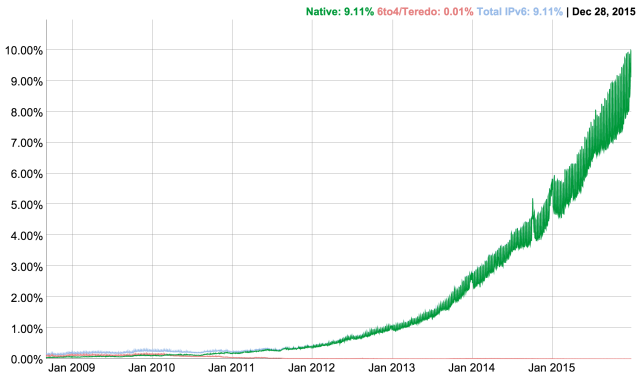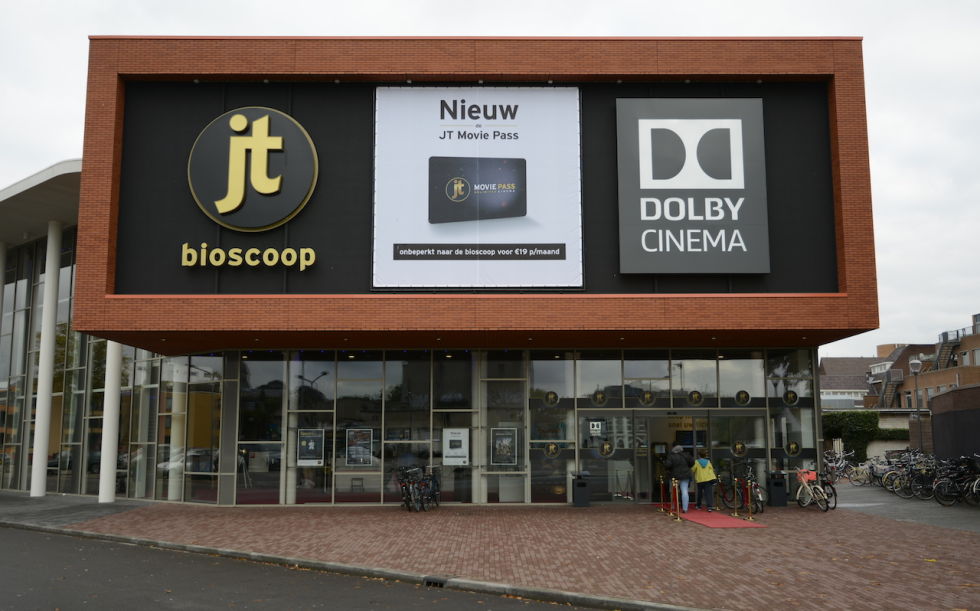Apple's Worldwide Developers Conference starts with a keynote, but the rest of the week is about sessions that go into much more depth with Apple's software. During a session named Networking for the Modern Internet (video requires Safari, or you can look it up in the iOS WWDC app), Apple Distinguished Engineer, Scientist, and Technologist Stuart Cheshire took the stage to explain new networking features in iOS 10 and macOS Sierra. Soon the engineer revealed what developers can do to take full advantage of ECN, IPv6, international text in networking, cellular versus Wi-Fi, and network quality of service.
IPv6
Last year, Apple told iOS developers that IPv6-only cell service is coming soon, get your apps ready. As of June 2015, iOS applications were required to support IPv6. Apparently iOS developers are taking Apple's advice to heart: use higher level APIs, because those automatically use either IPv4 or IPv6 depending on what's appropriate.
Apple says that as many as 70 percent of connections to www.apple.com from certain ISPs (like Verizon Wireless) come in over IPv6. About 40 percent of connections from Belgium, the world leader in IPv6 deployment, come in over IPv6. More and more big websites are finding that page load times over IPv6 are faster than over IPv4. For instance, Facebook is seeing 45 percent IPv6 HTTP requests, which complete 15 to 30 percent faster than IPv4 requests.

